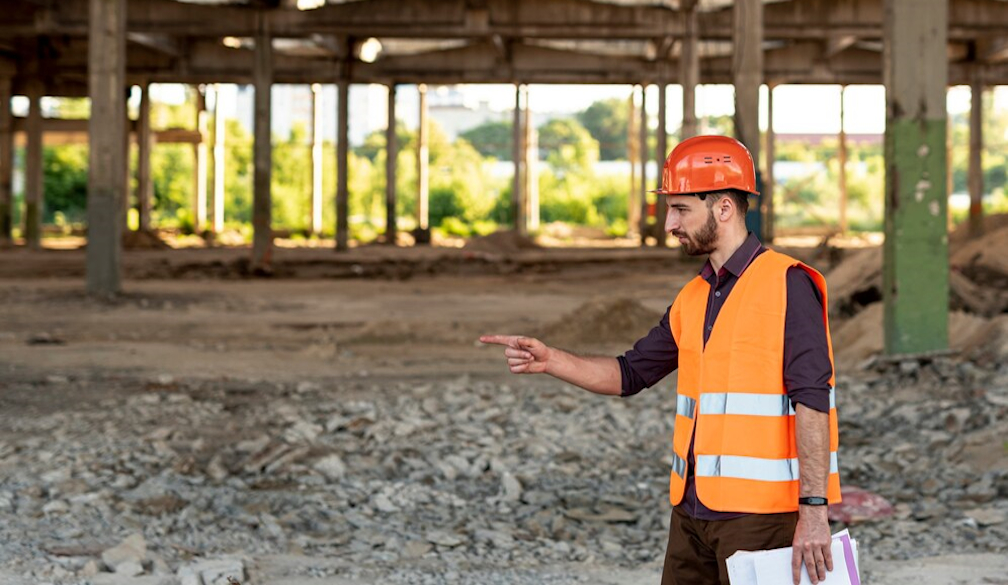Common Construction Site Hazards and How to Avoid Them

Construction sites are complex environments brimming with activity where safety must be a top priority. Due to the inherent risks associated with building and construction work, understanding and mitigating potential hazards is crucial for protecting workers and ensuring project efficiency. This blog post explores common construction site hazards and provides practical strategies for avoiding them.
Falls from Height
Falls are the leading cause of fatalities in construction. Workers are often required to work at height on scaffolding, ladders, and roofs where they are exposed to the risk of falling.
Prevention Tips:
- Use guardrails, safety nets, and personal fall arrest systems.
- Ensure that all workers have proper training on working safely at height.
- Conduct regular inspections of all equipment used for working at heights.
Moving Machinery
Construction sites are filled with moving machinery such as bulldozers, backhoes, and cranes. The movement and operation of these machines pose significant risks to safety.
Prevention Tips:
- Establish and enforce a clear vehicle and machinery safety protocol.
- Provide training for all machinery operators.
- Ensure that all machinery is maintained according to the manufacturer's recommendations.
Electrical Hazards
Exposure to live wires and the use of electrical equipment can lead to shocks, burns, or other serious injuries.
Prevention Tips:
- Always use ground-fault circuit interrupters (GFCIs) with electrical equipment.
- Keep all electrical installations and equipment in compliance with safety standards.
- Train workers on the risks associated with electrical equipment and the importance of using protective measures.
Trenching and Excavation
Trench collapses are particularly dangerous because they can happen quickly and without warning, posing great risks to workers inside them.
Prevention Tips:
- Ensure trenches are inspected by a competent person before work begins and regularly thereafter.
- Use trench boxes and shoring to prevent collapses.
- Keep heavy equipment away from trench edges.
Noise
Chronic exposure to high noise levels can result in long-term hearing loss for construction workers
Prevention Tips:
- Provide workers with personal hearing protection devices.
- Implement quiet work methods wherever possible.
- Rotate workers to different jobs to minimise exposure to noisy environments.
Overexertion and Repetitive Stress Injuries
Manual handling tasks such as lifting, pushing, and pulling can cause musculoskeletal injuries.
Prevention Tips:
- Train workers on proper lifting techniques.
- Use mechanical aids like forklifts and mini crawler cranes to reduce physical strain.
- Encourage regular breaks and exercises that reduce physical strain.
Falling Objects
Workers can be injured by tools, materials, or debris falling from above.
Prevention Tips:
- Secure all tools and materials to prevent them from falling.
- Use toe boards, screens on scaffolds to catch falling objects.
- Require hard hats and other appropriate personal protective equipment (PPE) at all times on the site.
Embrace these tips for a safer construction site today
Safety on construction sites involves proactive planning, comprehensive training, and the proper use of equipment. By recognising common hazards and implementing these preventive measures, construction managers can create safer work environments. This not only protects workers but also enhances productivity and reduces delays caused by accidents and injuries.
Safety is a responsibility shared by everyone on a construction site. By continuously promoting and practicing safety standards, we can ensure that risks are minimised and projects are completed successfully. Stay informed, stay prepared, and keep safety as your number one priority.

